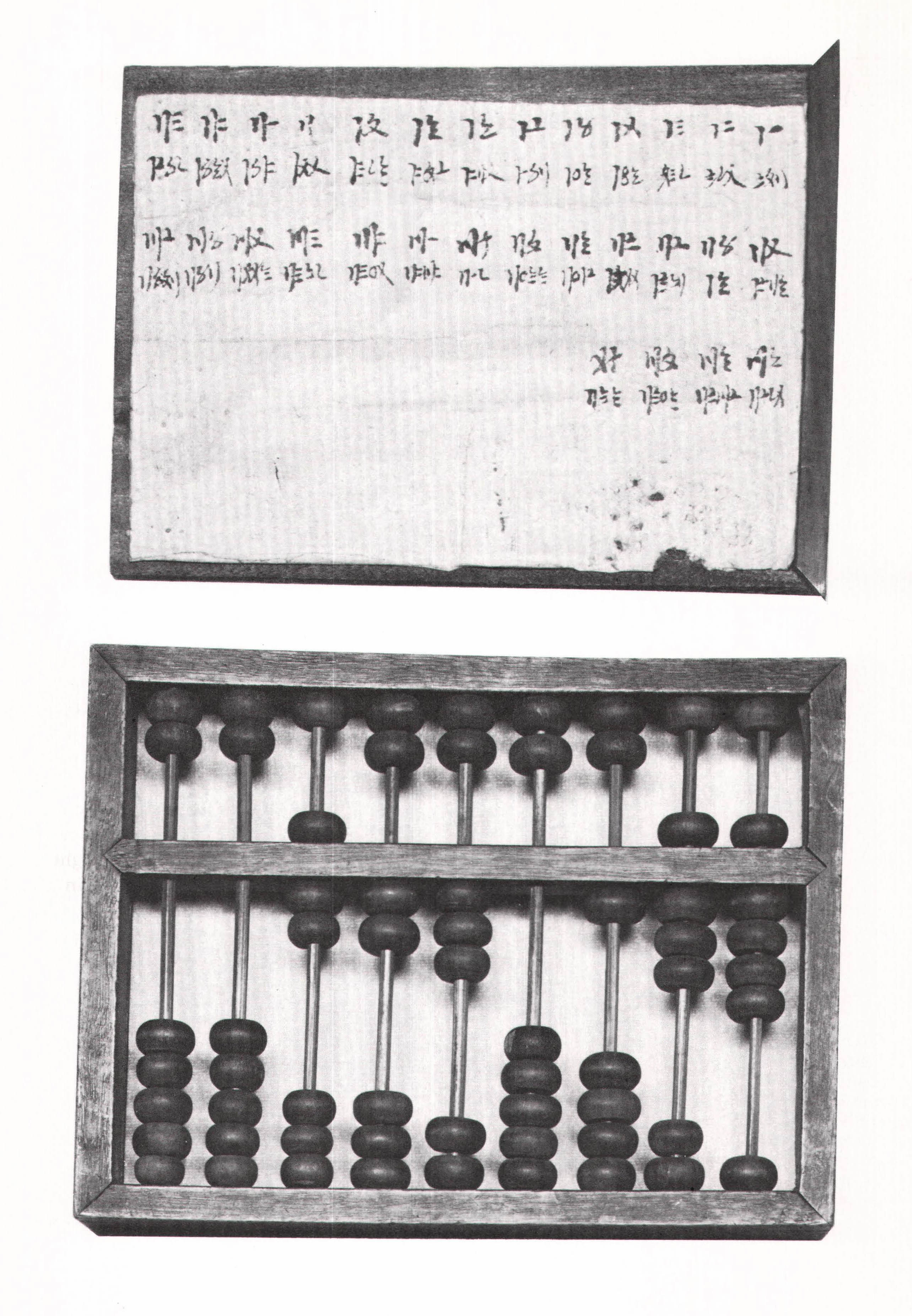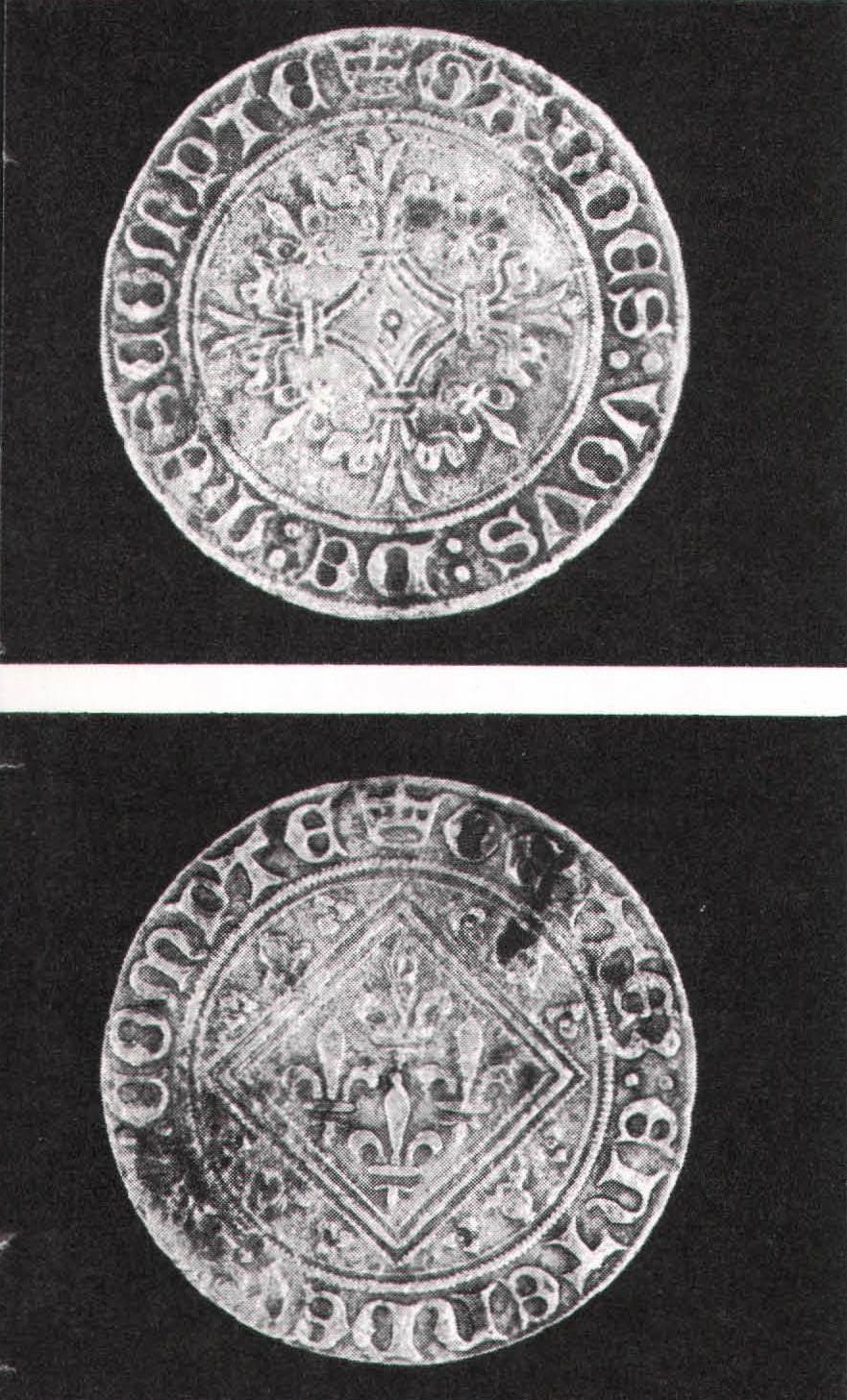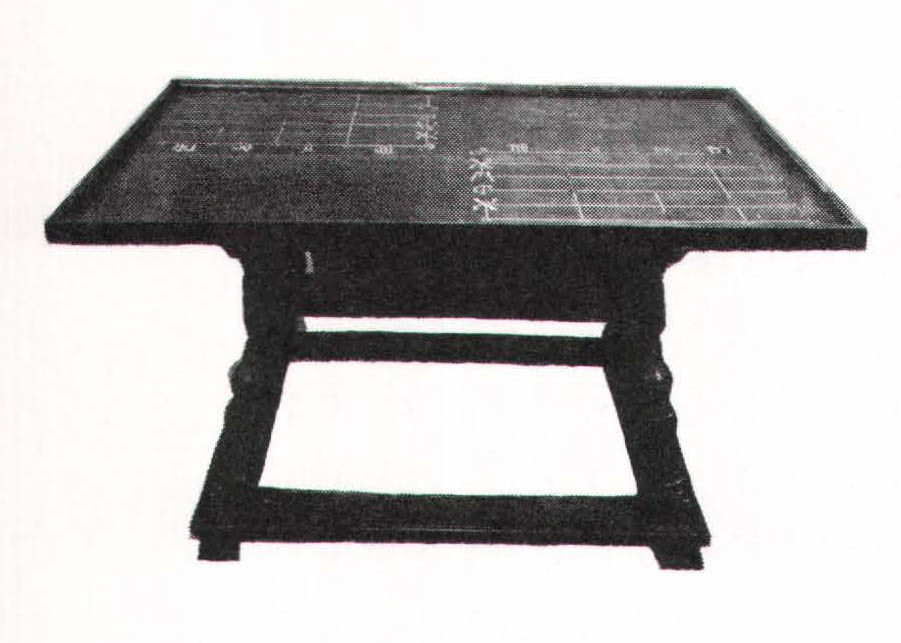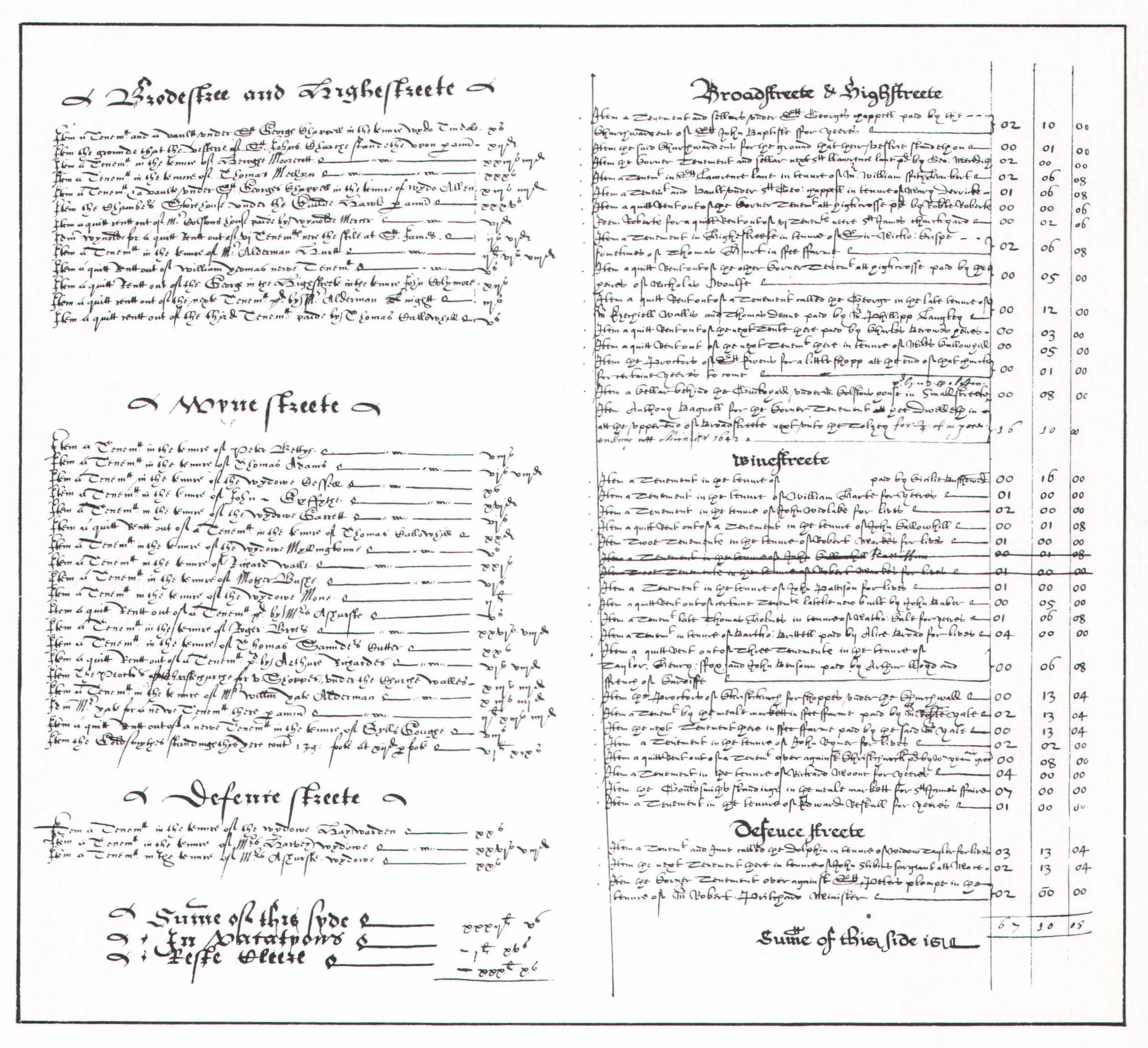No one knows exactly where the abacus, or counting board, came from. The word abacus comes from the Greek abakos or abax, which means “board” or “tablet,” and in turn may have descended from the ancient Hebrew word ibeq, which means “to wipe the dust.” In its earliest form, the abacus was merely a row of shallow grooves or lines traced in the ground, with pebbles, stones, or bits of bone used as counters; the rows stood for units, tens, hundreds, and so on, and the quantity of counters in the rows represented a number. Unfortunately, there are no surviving examples of the first abaci, since they were made out of sand or wood; but counters, or round stones that apparently were used as counters, have been unearthed from ancient Babylonian ruins.

The Babylonians and most early civilizations had written number systems, although as a rule these systems were not designed for reckoning. In general, the symbols were complex and awkward to write, and the systems lacked the all-important concepts of zero and fixed numerical places for tens, hundreds, and so on. However, these inadequacies didn’t prevent many early peoples from carrying out extraordinarily complicated calculations, and the reason is simple: the first number systems were not really intended for computation but to record the results of calculations worked out on the abacus. Such was also the case with Roman numerals: it’s very difficult to divide MDCCLVI by LIX on paper or in your head, but it isn’t hard to do with an abacus. Without the use of zeros or numerical places, Roman notation was inappropriate for pen- or mental-reckoning, but the Romans weren’t at a great disadvantage as long as they relied upon the abacus.
Moreover – and this is the great beauty of the abacus you don’t have to know any number system to use it. Regardless of whether you can read or write, you can use it to solve most practical numerical problems, which means that even uneducated merchants or traders could carry out the kinds of mathematical transactions involved in business, from keeping accounts to calculating interest. As a result, the abacus became one of the sine qua nons of the Western world, a commonplace and indispensable tool until the adoption of Hindu-Arabic numbers and the gradual spread of numeracy and literacy led to its extinction; you don’t need an abacus if your numerical notation is conducive to pen- or mental-reckoning. All this may come as a surprise to most of us, since Westerners think of the abacus as an exclusively Oriental tool, yet it was widely used in Europe, chiefly in the form of a wooden board with metal counters, until a few hundred years ago.

Hindu-Arabic math entered Europe with the great Moorish invasions of the eighth and ninth centuries, and it spread with snail-like slowness. (Old habits die hard, even in modern times; witness the persistence of the English system of weights and measures in the United States, Great Britain, and other countries.) Depending on the region, the transition to Hindu-Arabic numerals occurred between the thirteenth and seventeenth century. They appeared first in Italy and Spain, which, being on the Mediterranean, were closest to the Arab world, and much later in France, England, and Germany. The switch also occurred in different social classes at different times, with the educated upper classes learning the new notation long before the unlettered lower ones.
In general, the Hindu-Arabic system was commonly employed throughout Europe by the end of the sixteenth century.

The change created a great deal of confusion and consternation. Strange as it may seem to us today, most people were puzzled by the alien notions of zero and place and didn’t understand their functions. For a time, the two systems were even used interchangeably, which created some amusing numerical bedfellows, a mathematical mixing of oil and water; for instance, one set of jetons, (metal tokens minted by the French government for use as counters on counting boards) show the date as MCCC94. For most Europeans (those who were numerate, anyway), it was like learning a new language. The symbols took some getting used to and there was a strong feeling – a feeling that’s still with us – that you could prove anything with them. Indeed, some people were outraged by the whole thing. In 1299, to cite the best-known case of public antagonism to Hindu-Arabic math, the merchants of Florence were forbidden to use these strange new symbols in their accounts.

Although Hindu-Arabic notation made pen- or mental-reckoning fairly easy, most people still had a hard time with basic arithmetic, and the counting board hung on. As Europeans grew increasingly adept with the new math, however, the board gradually fell by the wayside and had all but disappeared by the end of the seventeenth century, when only the old-fashioned and the ignorant continued to use it. (Such people were referred to derisively as “counter casters.”) Yet there was no practical reason for tossing the age-old abacus aside; it is a useful tool regardless of your number system, and it still thrives in Japan, China, and other parts of Asia. But the Western world has always been partial to “progress,” no matter how painful or inconvenient it may be, and it was Hindu-Arabic math, not the abacus, that stood for progress. And progress is exactly what came.
